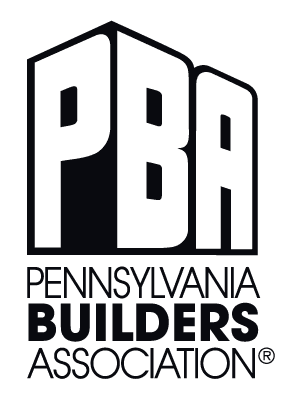
At the beginning of every year, we find ourselves talking to our friends and family about how we will improve ourselves. Often our resolutions surround getting in shape by going to the gym or eating healthier. But why stop there? Why not get your company in better shape too? A safer workplace is a healthier workplace. It’s impossible and ineffective to blindly guess what your employee safety resolutions should be, but we can help get you started.
Before deciding which resolutions make the best sense for your company, spend time reflecting on the year prior. Look at your injury reports and workers’ compensation claims. Dive deeper than just the numbers. What really happened? Take a look at the data and see if you can identify any trends. Did most accidents take place in a particular area? While using certain equipment? Maybe there’s a shift or team who seems to be more involved in these incidents than others. Take note of the trends you see. These red flags can indicate the areas where improvement is needed. Some resolutions that may help:
Develop or reevaluate your safety plan.
Maybe you need to design a formal safety plan because you don’t have one yet. If you already do, then kick off the new year by deciding if there is an opportunity to improve it. Is it rigorous enough? Are your employees following it? The answers to these questions can help you identify and address the core issue. Then you can take that issue and make it a priority, showing commitment to your employees and their safety.
Offer safety education and training.
It isn’t just senior management that needs to stay on top of the industry’s and OSHA’s regulations and best practices. This information needs to be shared with your entire workforce, no matter how fresh or tenured the employees are. Group and individual training are worth the investment of time, money and/or other resources. This includes periodic ongoing training, but also timely training shortly after an injury happens. This shows your team you are on top of preventing these issues in the future. Take advantage of teachable moments.
Give your workforce a voice.
Allow and encourage your team to share their personal safety experiences and their suggestions for creating a safer environment. Facilitate conversations about safety and open the floor for questions either by anonymous submission or in a town-hall style forum. This encourages your employees to speak up before an accident occurs, and it can also help when trying to determine reasons an event occurred, the risks involved and how it could be/could have been prevented.
Motivate workplace safety.
Resolve to reduce worker complacency. Acknowledge workers who comply with safety rules. Spend time with them to understand what will encourage them to adhere to your safety rules, program and protocol. This is especially important for tenured workers who may have a “This is how we have always done it” mentality. It does not mean you must have a safety meeting every single morning. It simply means that safety should be an organic, ongoing and open conversation.
Post health and safety signage.
This isn’t just about posting what you are obligated to post in your company’s break room. You also want to consider areas where it might make sense to warn of possible ice, slippery or uneven floors, or loud noises. Signage can also serve as a reminder for the proper way to operate certain machinery or perform a task like lifting.
Inspect everything.
Take the time to physically walk through your facility to see that everything is aligned with the best practices of OSHA, the industry and your company. What you should look for includes, but is not limited to:
• Leaks, cracks, or other damage that needs repairing.
• Personal Protective Equipment (PPE) – Is it being properly stored? Do you need more? Is it outdated?
• Machinery and equipment – Is everything functioning as it should be? Do you see any rust, dust or residue that shouldn’t be there? Should something be replaced or stored differently?
Create or revise your communication plan.
When an injury occurs, does chaos ensue? Are duplicate alerts made to the same manager? Are some alerts getting looked over? Make sure there is a clear system in place for who to alert, when and in what way. The beginning of the year serves as a great time to make sure employees included in your plan haven’t moved to a different position or left the company. Are there new employees who should be included? Do outside agencies need to be alerted? Do your employees have to file the injury report online? Should they call corporate directly? Make sure there is a consistent, efficient flow of communication when it comes to injuries.
Get competitive with safety.
Treat safety the same way you do sales. Compete to be the safest version of your company. Compete to make safety a differentiator. Be the safest company in your industry. Keep your customers, clients and consumers loyal. Appeal to your prospects. Interest potential recruits. Reward your employees for achieving and surpassing their goals.
Gain perspective on best safety practices from peers in your industry.
As a member of a group captive like PBA, you have access to the most elite, best-in-class organizations in your industry. What are they doing well? Where have they found success? They likely have similar obstacles as you, so how do they overcome them?

